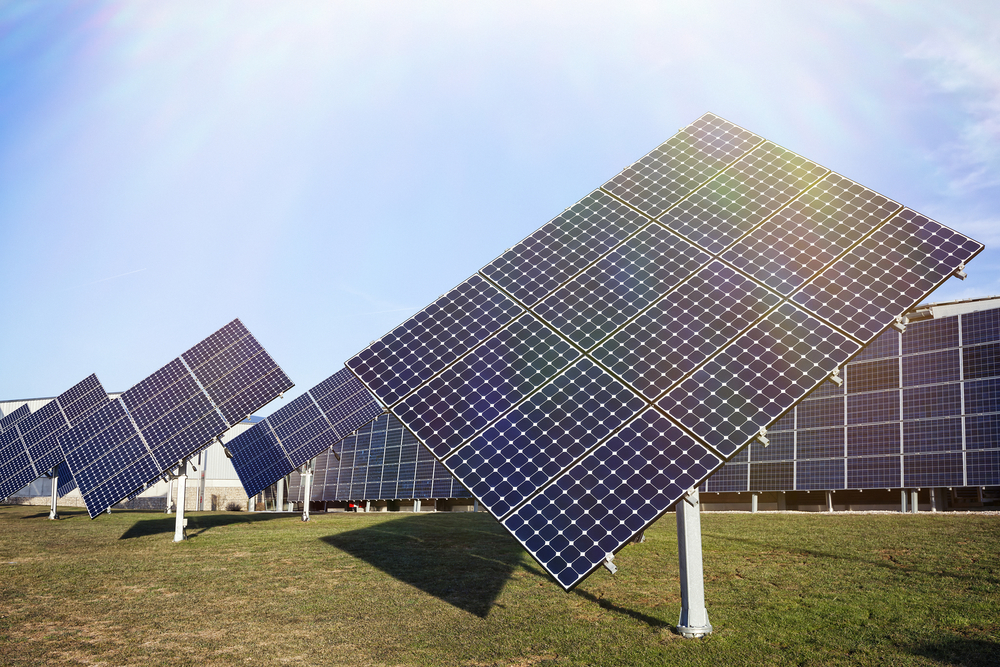Perhaps Japan’s Abe Should Fire Off Another Arrow?

Please note that we are not authorised to provide any investment advice. The content on this page is for information purposes only.
On 11 August, the Japanese government went along with its plan to revive nuclear energy after the Fukushima disaster by restarting one of the Sendai nuclear power plants. Prime Minister Shinzo Abe insists that Japan cannot thrive without nuclear energy because oil and gas imports put a costly burden on the Japanese economy.
On 11 August, the Japanese government went along with its plan to revive nuclear energy after the Fukushima disaster by restarting one of the Sendai nuclear power plants. Prime Minister Shinzo Abe insists that Japan cannot thrive without nuclear energy because oil and gas imports put a costly burden on the Japanese economy.
Abe is right that the country urgently needs to develop its domestic energy supply. With two-thirds of Japan’s current energy mix stemming from fossil fuels, the economy is heavily dependent on external energy supply and vulnerable to international energy price shocks. Moreover, the heavy dependency on fossil fuels stands in the way of achieving the (not very ambitious) goal of reducing Japan’s carbon emissions by 26 percent below 2013 levels by 2030. So is nuclear power the answer to Japan’s energy woes?
Hardly. National polls show that the majority of Japanese oppose nuclear restarts. The March 2011 Fukushima disaster has shown that even in a high-tech country like Japan, nuclear energy carries too high a risk. The wrecked Fukushima Daiichi nuclear complex is still not under control. Contaminated water is still poisoning the sea, and around a quarter of a million people are still displaced four years after the disaster.
Japan’s geographical location atop the intersection of four tectonic plates makes the island nation the worst possible place to operate a nuclear power plant. Around 1500 earthquakes per year strike Japan and it has more than 100 active volcanoes — including Mount Sakurajima, which is located about 50 kilometres from the restarted Sendai nuclear plant. What’s more, due to its geographical situation and its geological features, Japan lacks a safe, permanent repository for high-level radioactive waste.
Instead of going nuclear again, Japan should fully explore its vast potential for renewable energy. Japan has the third largest geothermal resource of any country in the world, but only two percent of its geothermal potential is utilised. Japan’s immense unexploited geothermal resources could produce an estimated 23 gigawatts (GW) of energy — enough to supply 40 million households with electricity at costs similar to that of gas-fired power. Moreover, according to the Japan Wind Power Association, Japan has potential resources of 144 GW for onshore wind and 608 GW for offshore wind. The currently installed wind power capacity is less than 3 GW. Further renewable energy potential lies in hydropower, solar and biomass.
To be fair, renewable energy production has been expanding in Japan over recent years. Since Fukushima, Japan’s renewable energy capacity has tripled to 25 GW, more than 80 percent of which is solar energy. Japan’s share of renewables (including hydro, wind, geothermal and solar) in total electricity production has risen from 13.5 percent in 2011 to 14.9 percent in 2014.
The boost in renewables is largely due to a feed-in tariff law brought in by former prime minister Naoto Kan in August 2011. Abe, who returned to power in December 2012, has been bold in his attempts to revive the Japanese economy. But overhauling Japan’s energy system has not been a priority, and he continues to cling to nuclear power. Abenomics— the economic programme comprising the ‘three arrows’ of monetary easing, fiscal stimulus and subsequent consolidation, and structural reforms — lacks ambitious goals for developing a new, low carbon energy infrastructure.
As part of the ‘third arrow’, the Abe administration put forward plans to liberalise and boost competition in the electricity sector to facilitate the distribution of solar and wind power to consumers. Last December’s fiscal stimulus package earmarked 1.2 trillion yen for reducing energy and service costs for low-income citizens, partly through energy efficiency and use of renewables and storage.
Yet the various measures do not amount to a comprehensive strategy and lack ambition. The new Strategic Energy Plan that was approved by the Abe Cabinet in April 2014 as the basis for the orientation of Japan’s new energy policy aims to increase the share of renewables to a mere 22–24 percent by 2030, but also envisages a share of 20–22 percent for nuclear energy.
Take the German government’s Energiewende in contrast: after Fukushima, the German government decided to speed-up the phase-out of nuclear energy and set a goal of increasing the share of renewables to 40–45 percent by 2025 and to 55–60 percent by 2035. By 2050, renewables are set to amount to no less than 80 percent of Germany’s energy mix. The Japanese government should aspire to these truly ambitious goals. Japan has the technical ingenuity and the potential for renewable energy to play a similar role in the future.
Of course, this requires huge investment in research and development in renewable energy technology, smart grid infrastructure solutions, energy storage, and energy efficiency. Much is already happening in these areas in Japan, and it is exciting to see projects like the truly innovative offshore floating wind turbines in Fukushima prefecture come into reality. However, much more could happen if the Japanese government were to make a concerted effort to stimulate investment in renewable energy and energy efficiency.
To this end, Abe should complement his Abenomics strategy and fire off a forth arrow. The aim of this forth arrow should be to achieve energy self-sufficiency for Japan based on renewable energy sources and to lead the global green transformation towards a sustainable, low-carbon economy.
Renewable energy: Abe’s missing arrow is republished with permission from East Asia Forum




